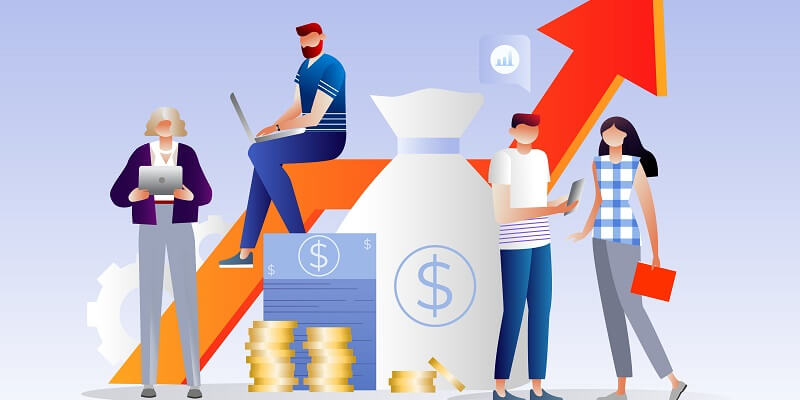For any salesperson, closing a deal is the ultimate goal. It’s the difference between a conversation with a lead and a purchase, between inspiration and action. However, according to recent statistics, 53 percent of sellers had relatively stagnant close rates between 2021 and 2022. This means that many salespeople need to improve their techniques to be more successful. In this article, we will discuss some proven strategies to improve your sales game, build stronger relationships with customers, and close more deals.
Stagnant Close Rates
As mentioned earlier, stagnant close rates are a major concern for sales professionals. The reasons for the inadequate close rates may vary from the lack of proper qualification to a less than stellar sales interaction. Regardless of the reason, the first step to improving close rates is acknowledging that there is an issue. Once you accept that you need to improve, you can start implementing new sales techniques that will help you get closer to a successful deal.
Relationship building in sales
Sales is not just a transactional process. The aim is to establish a long-term relationship with potential customers. Rapport and relationship-building seem to be at the forefront of sales. By developing a meaningful relationship with potential customers, salespeople can build trust, showcase their value, and demonstrate how their product or service can benefit the customer.
Qualification stage
The qualification stage is not just about gathering information; it’s about setting yourself up for success when closing a deal. By engaging in a productive dialogue with potential customers during the qualification stage, salespeople can position themselves as a trusted advisor, gain valuable insights into the customer’s needs, and demonstrate how their product or service can help solve certain problems. The qualification stage is a critical step that sets the foundation for building long-term relationships with potential customers.
Listening to Customers’ Needs
The best way to build trust and rapport with a customer is by listening to their needs during the qualification stage. Listening is a crucial aspect of communication and an essential skill for any salesperson. Additionally, listening allows you to tailor your pitch and presentation to the prospect’s specific needs and preferences. By focusing on your customer’s needs and concerns, you can address their pain points and demonstrate how your product or service can help solve their problems.
Time to Close a Deal
Closing a deal doesn’t have to happen instantaneously. In fact, taking time to build a relationship with a potential customer can help facilitate a more successful deal eventually. It’s important to take your time to understand the customer and their needs, align their goals with your product or service, and ensure that they are fully on board before moving on to the next stage.
Unusual Questions
Many sales interactions can become generic or repetitive, leading to a lack of excitement around products or services. However, asking unusual questions can get you closer to the sale by giving you pieces of information your competitors don’t have. Unusual questions can unearth valuable insights that may not have been detected in more conventional customer interactions. By using unique questions, you’ll stand out among competitors, which can increase the chance of a successful sale.
Personalized sales interactions
Personalizing your sales interactions is essential to building rapport and trust with potential customers. Today’s informed consumer expects a personalized experience with you as the salesperson. By tailoring your pitch to each customer’s specific needs, you can position yourself as the ideal solution to their problem. People want to feel heard and understood, and personalizing your sales interaction can help you achieve that goal.
Follow-ups
Sometimes, sales don’t come easily, and follow-up is necessary. It’s important to continue the conversation even if a sale isn’t made. Sending follow-up emails or conducting check-ins can re-engage potential customers who were previously unresponsive. Follow-up also offers an opportunity to make amends if there were misunderstandings or disagreements during earlier interactions. By showing customers that you care about their needs, even if a sale isn’t made, you position yourself as a trusted advisor with whom they may want to work in the future.
Highly successful sales professionals have learned to turn a ‘no’ into the start of a new conversation. A majority of prospects will say no to a sale a couple of times before making a purchase. Instead of giving up or seeing the situation as a failure, these sales professionals turn it into an opportunity to show more value and start a new conversation. This approach allows salespeople to stay engaged even when things don’t go as planned. It’s an effective way to showcase perseverance and adaptability, two critical traits that customers look for in a salesperson.
In conclusion, closing deals and building strong relationships with customers takes effort, time, and understanding. By focusing on relationship-building, personalization, and effective communication, sales professionals can increase their closing rates and foster long-term relationships that are mutually beneficial. Remember, closing a deal is just the start of a long-term partnership, and as the salesperson, it’s up to you to pave the way for a successful partnership.

